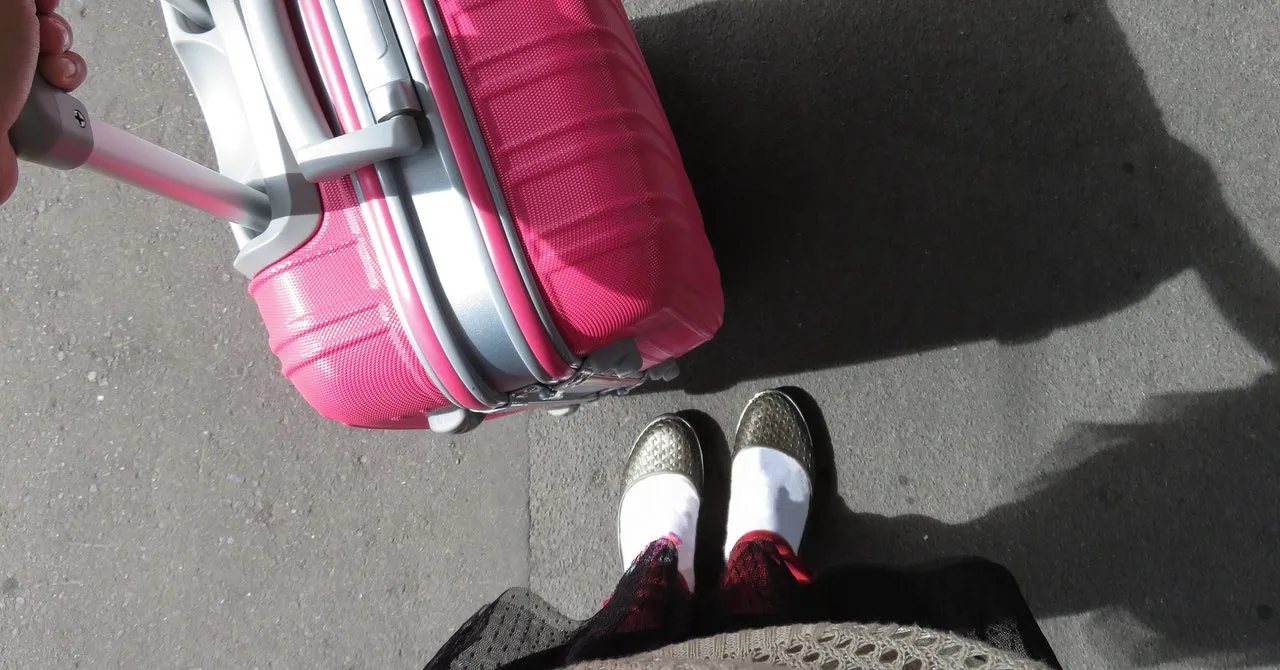Master Air Travel Packing Tips for Effortless Travel

The Art of Streamlined Packing
Properly packing your carry-on involves a mix of technique, economy, and smart planning. Follow these tips to ensure you get everything you need—and nothing you don't—into that bag or suitcase.
Do the Math
- Pull out everything you think you need for the trip.
- Get rid of half of it. Really, you'll be surprised at how little you actually need.
If that feels extreme, try bringing two tops and one pair of pants for every three days of your trip while packing enough underwear and socks for each day.
Picture Me Rollin'
Don't pack your clothes folded. Rolling everything and slotting it vertically into your carry-on will maximize space and keep your shirts wrinkle-free. This isn't just a trick; it’s essential.
- The KonMari fold is a popular method for clothing that can save space.
- The Army Roll is another technique notable for its efficiency.
Use the Washing Ma-Sink
- Bring along concentrated detergent and a travel clothesline to wash clothes in a sink.
- This tip is crucial for long trips and can significantly reduce clothing needs.
Kill the Wrinkles
If it doesn’t smell, it's clean. A few spritzes of Downy Wrinkle Releaser will keep your clothes looking fresh.
- Frequent flyers can benefit from travel-size bottles.
- Alternatives like Begley's 3-in-1 spray offer scent-free options.
Layer It Up
Think combinations rather than individual pieces. Mix and match to enhance versatility, keeping your bag light.
Stow Away a Small-Things Bag
Stock up on essentials from a drugstore and keep them in a designated bag to save space.
Vacuum Your Wardrobe
If you can't bring less, consider vacuum-sealing your clothes to maximize storage space.
Prep Offline Mode
Eliminate physical books for digital options to save room in your carry-on; download your favorite media before your trip.
This article was prepared using information from open sources in accordance with the principles of Ethical Policy. The editorial team is not responsible for absolute accuracy, as it relies on data from the sources referenced.